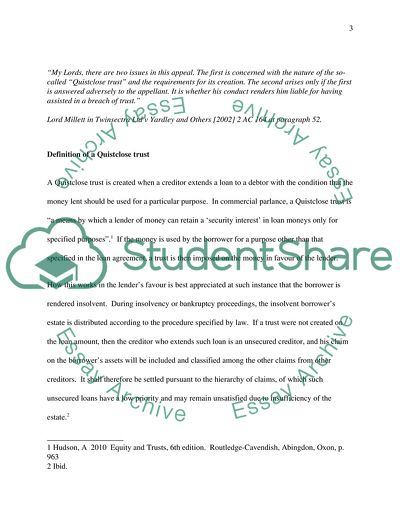Cite this document
(Quistclose Trust and the Requirements for Its Creation Report - 1, n.d.)
Quistclose Trust and the Requirements for Its Creation Report - 1. https://studentshare.org/law/1764566-quistclose-trust-and-the-requirements-for-its-creation
Quistclose Trust and the Requirements for Its Creation Report - 1. https://studentshare.org/law/1764566-quistclose-trust-and-the-requirements-for-its-creation
(Quistclose Trust and the Requirements for Its Creation Report - 1)
Quistclose Trust and the Requirements for Its Creation Report - 1. https://studentshare.org/law/1764566-quistclose-trust-and-the-requirements-for-its-creation.
Quistclose Trust and the Requirements for Its Creation Report - 1. https://studentshare.org/law/1764566-quistclose-trust-and-the-requirements-for-its-creation.
“Quistclose Trust and the Requirements for Its Creation Report - 1”. https://studentshare.org/law/1764566-quistclose-trust-and-the-requirements-for-its-creation.


